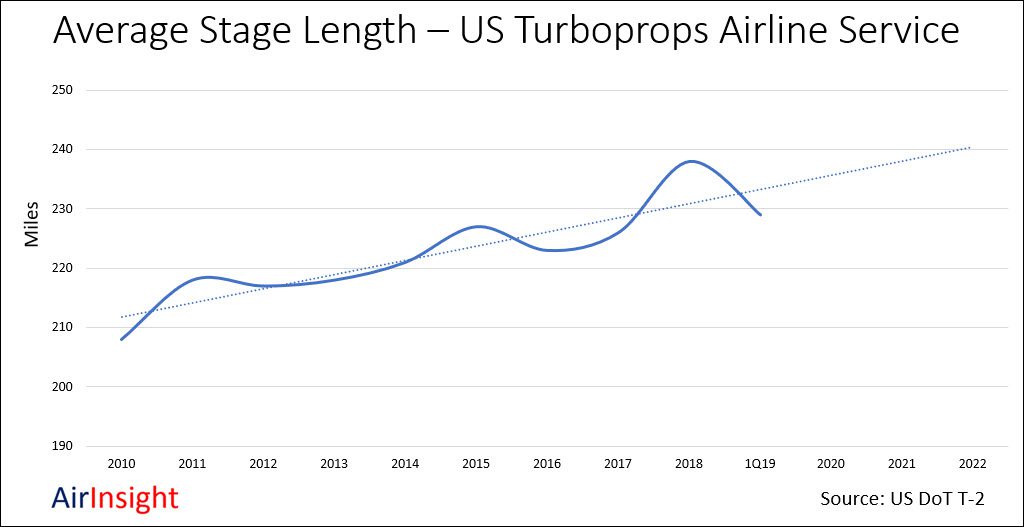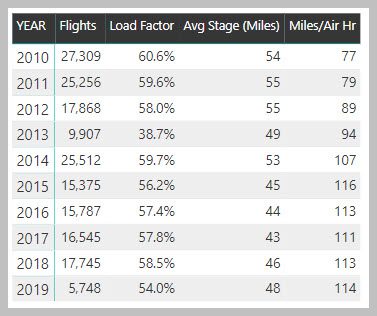
2019 07 01 11 53 03
Every airshow seems to have a theme – last year at Farnborough it was all about additive manufacturing. This year at Paris it was all about electric. While there was a lot of excitement about the emerging electric engine technology, one has to temper the excitement. Rolls-Royce’s decision to buy the Siemens hybrid-electric business added a lot of buzz to this year’s theme.
It is important to back off big expectations of when and how electric motors will be deployed. The technology is nearly ready, but the changes will come at the margins. Or the “last mile”. Probably the first commercial example to fly will be in Vancouver, Canada this fall when magniX will swap out a Pratt & Whitney (P&W) radial engine on a De Havilland Beaver. Read about the project here. The big radial is typically a 450HP Wasp though the Mark III Beaver came with the PWC PT-6. magniX plans to replace the 684Lb Wasp with a lighter (297Lb) electric motor with much more power (750HP). magniX explain that when one takes the total weight for weight (radial engine plus fuel) and switches to electric plus batteries, the aircraft has about the same MTOW. But, crucially for a floatplane, the electric powered aircraft has immediate full power which means shorter takeoffs and faster climbs with only prop noise. (No thundering radial that some us love) The tradeoff is that the electric power does not have the range of the radial. But does this matter? Not if your flight is typically under 50 miles.
Airbus’ CTO provided an excellent perspective on the reality of electric power during a short discussion at the Paris show.
Since we brought up P&W as the engine being replaced on the Beaver, what is that company up to? P&W is working on a hybrid-electric solution. This is called Project 804. The plan is to fly their test aircraft by 2022, with a goal to certify a hybrid-electric solution for regional use in a decade. Regional use is crucial here. This typically means a flight of about an hour. The following chart illustrates the reality of turboprop flights in the US.
A typical regional flight using a turboprop takes around well under 60 minutes. Consequently, the start of the process at magniX is right on, and the focus at P&W is right in line with what we really can expect. The magniX challenge is developing battery technology to add range to reach 200 miles (they think have 150 miles now). The P&W challenge is being able to move a commercial payload at commercial speeds over a commercial range; say 50 people for 250 miles within 40 minutes. This requires a hybrid rather than pure battery power.
Crucially both the magniX and P&W solutions offer a real attraction since they are both retrofit solutions to existing aircraft. This is a key item since operators at this level do not have high margins as they are typically part of a ticket where the leg flown is literally the last few (or first) miles. A solution that offers new life to an old aircraft is going to be attractive. Especially if that solution takes out a lot of weight, and offers more payload.
It occurs to us that this may be why whenever asked about the potential E3, Embraer responds that they want to wait to see where engine technology is going. A retrofit solution is going to be attractive to the newly launched De Havilland brand as they have hundreds of aircraft worldwide they can retrofit and keep in service; from the venerable Beaver to the Q400.
In conclusion, if you are compelled by the idea of electric motors and flight, pay attention to the margins. The changes are coming here first.
Views: 1





